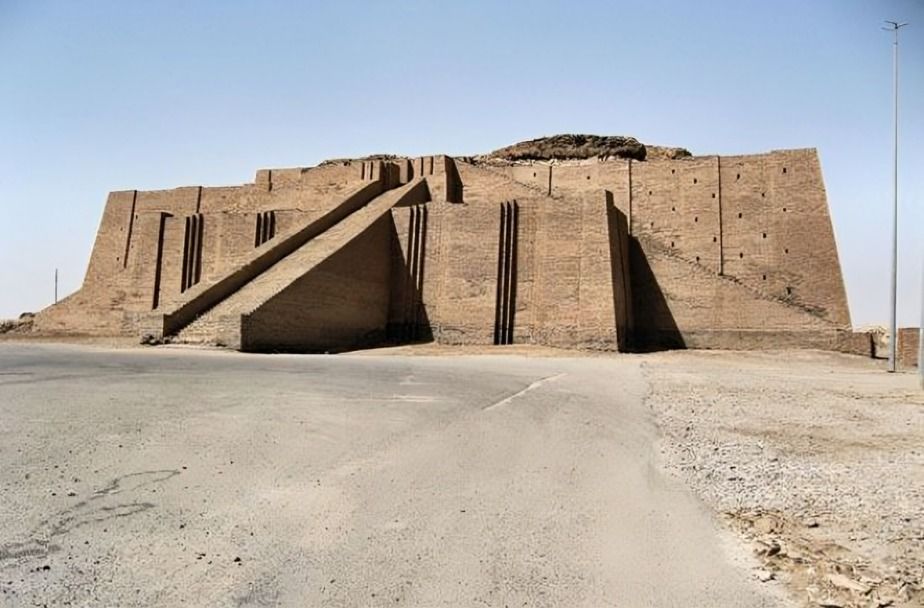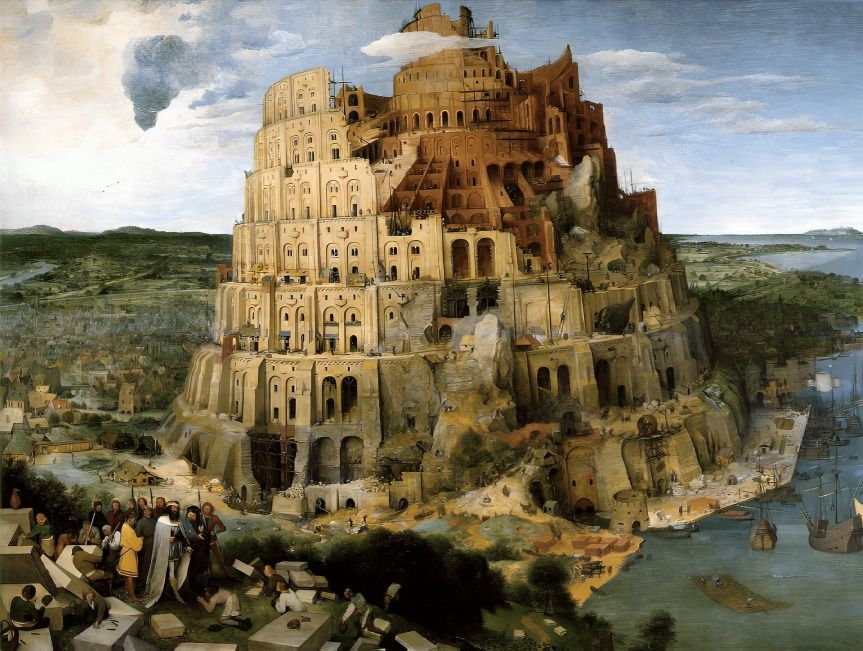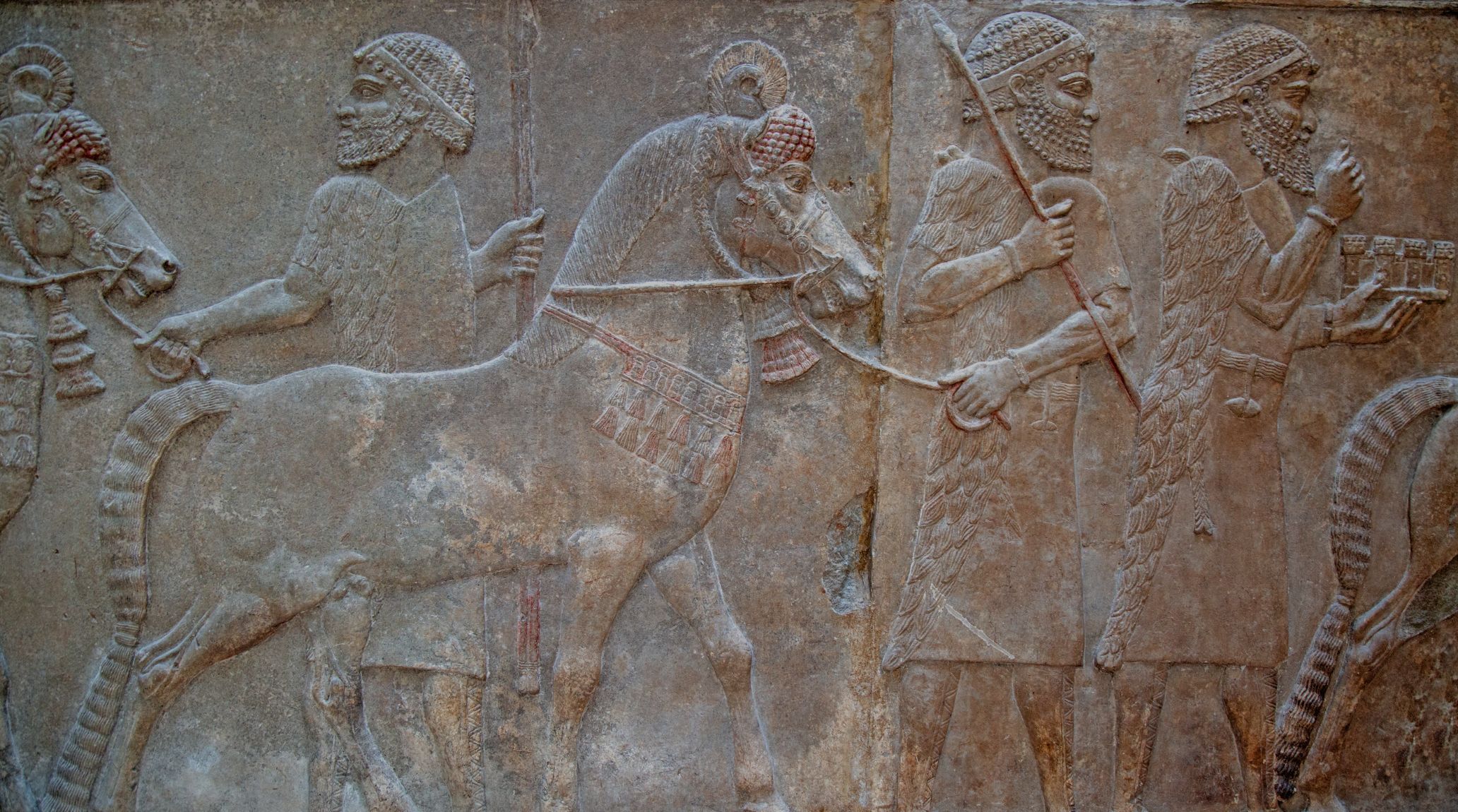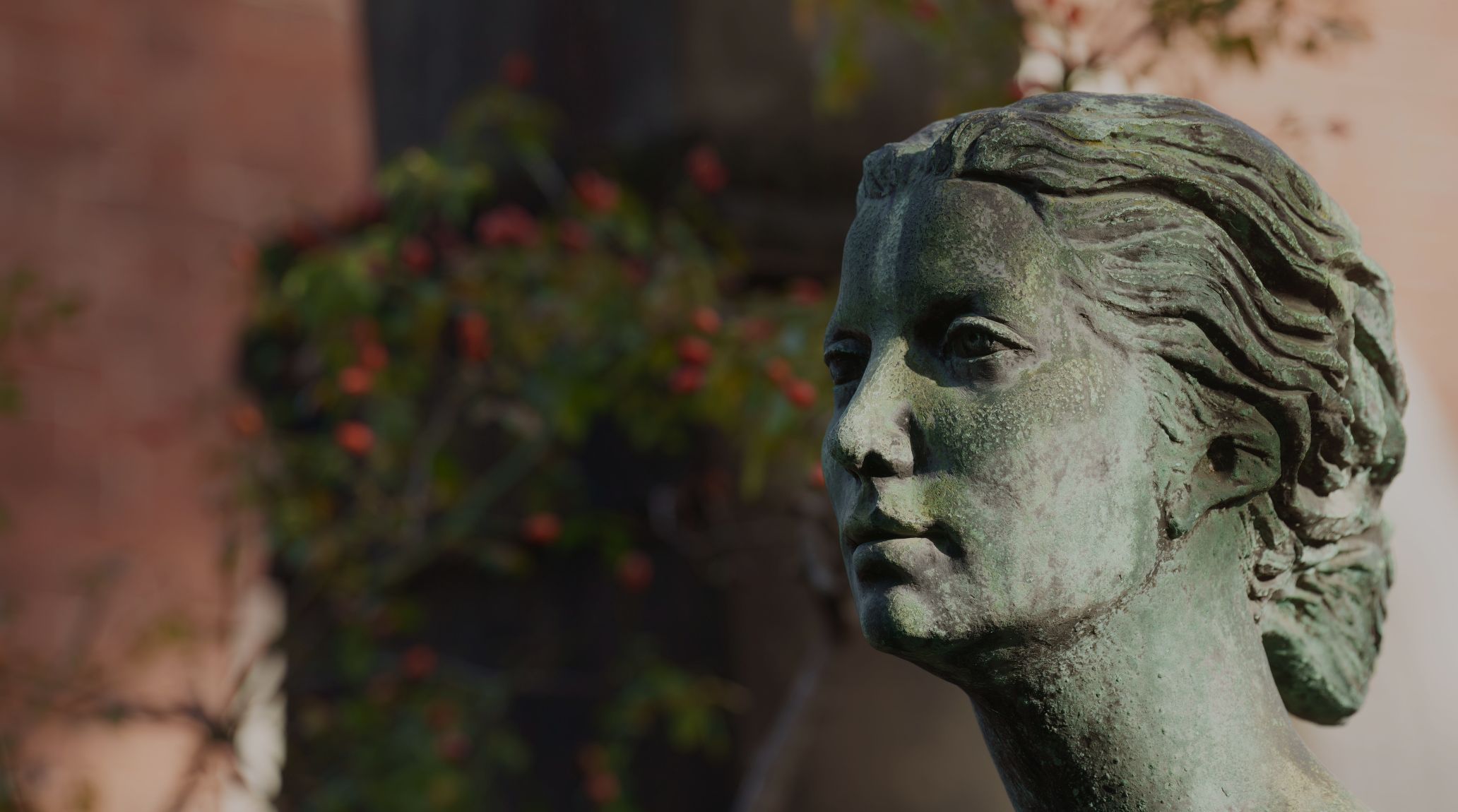
“
Ziggurats were impressive structures that dominated the skyline of ancient Mesopotamia, reflecting both religious devotion and architectural ingenuity. In this blog, we will explore 20 Captivating Facts About Ziggurats, shedding light on their construction, purpose, and cultural significance. 1
1
1
1
”
Ziggurats were massive stepped structures built by the Sumerians, Babylonians, and Assyrians in ancient Mesopotamia, dating back to around 2100 BCE. They served as temples for worshipping the gods and were the focal point of religious life.1
Ziggurats were considered the earthly homes of the gods, with the highest platform thought to be the closest point to the heavens. Priests would ascend the ziggurat to perform rituals and sacrifices to honor the deities.2
At the summit of the ziggurat was a temple or shrine dedicated to a specific god or goddess. This sacred space was reserved for priests and royalty, while the general population worshipped at the base of the structure.3
Ziggurats were constructed with multiple tiers or stages, each smaller than the one below. These terraces symbolized the link between heaven and earth, with the stairs leading upward representing the journey to the divine.4

One of the most famous ziggurats is the Great Ziggurat of Ur, dedicated to the moon god Nanna. It was built during the reign of King Ur-Nammu around 2100 BCE and is one of the best-preserved ziggurats today.
Ziggurats were not only religious centers but also symbols of political and social power. Kings and rulers often commissioned their construction to demonstrate their close connection with the gods and to legitimize their rule.5
The design of ziggurats incorporated sacred geometry, with square or rectangular foundations that aligned with cardinal directions. This alignment was believed to enhance the structure's spiritual power and its connection to the cosmos.6
There were two main types of ziggurats: single-terrace and multi-terrace ziggurats. Single-terrace ziggurats had fewer steps, while multi-terrace ziggurats could reach seven levels, each representing different aspects of the divine realm.7
Ziggurats were primarily built from sun-dried mudbricks, a common building material in Mesopotamia due to the region's scarcity of stone. The exterior was often faced with baked bricks, and some were painted in vibrant colors. 8
Because mudbrick eroded over time, ziggurats required constant maintenance and rebuilding. This cyclical process mirrored the Mesopotamian belief in the eternal renewal of life, ensuring the structure remained a permanent connection to the gods.9

Some scholars believe the biblical Tower of Babel was inspired by Mesopotamian ziggurats, particularly the Etemenanki ziggurat of Babylon. This legendary tower was said to reach the heavens, much like the ziggurats' spiritual symbolism.
Ziggurats were believed to have an astrological connection, serving as platforms for observing the stars and planets. Ancient Mesopotamians closely linked their religious practices with celestial movements, making the ziggurat a symbol of cosmic order.10
Many ziggurats featured sacred trees or gardens at their base, symbolizing the connection between the heavens and the earth. These gardens were often seen as representations of the divine paradise, offering spiritual refuge.11
Unlike modern places of worship, the temple at the top of the ziggurat was not open to the public. Only the priesthood and royalty were allowed access, reinforcing the sacredness and exclusivity of the structure.12
Offerings of food, drink, and valuable goods were presented at ziggurats to appease the gods. These offerings were believed to ensure the favor of the deities, leading to good harvests, protection, and prosperity for the city.13
In addition to religious activities, ziggurats also served as cultural centers. They were sites for festivals, processions, and public gatherings, bringing together the community to celebrate important events and rituals.14
The grand staircases of ziggurats were often flanked by statues of mythical creatures like winged bulls or lions. These protective figures were believed to guard the sacred space from evil forces and ensure the safety of the temple.15
Ziggurats were prominent in Assyrian culture as well. The ziggurat of Assur, dedicated to the god Ashur, was one of the tallest and most significant structures in the ancient Assyrian capital, symbolizing the might of the empire.16
Many ziggurats were commissioned by kings to demonstrate their piety and power. Kings often inscribed their names and accomplishments on the bricks used to construct the ziggurat, creating a lasting legacy.17
The architectural design of ziggurats influenced later cultures, inspiring pyramid structures in ancient Egypt and Mesoamerica. Their stepped design symbolized humanity's spiritual connection to the gods and the cosmos.18


